Setting Guide
An engagement ring must fit the woman as well as it fits her finger. It should be a reflection of who she is as well as an embodiment of your commitment. The diamond is, of course, the most important decision to make. But then there’s the matter of the setting and the choice of side stones (which feature on nearly half of diamond engagement rings given). While some settings may be more appropriate than others for specific diamond shapes, ultimately the decision comes down to personal taste.
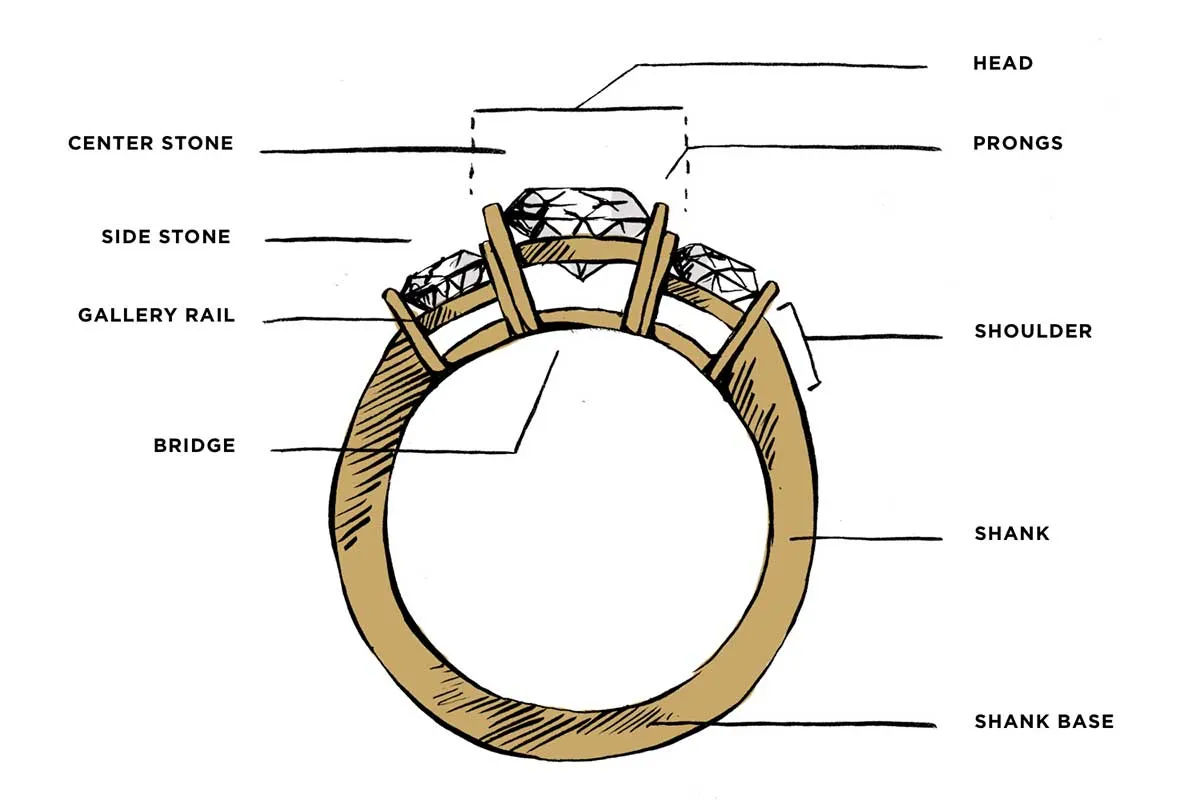
Channel setting
You’re going to wear this thing for the rest of your life. So you should know the ins and outs of how to get the look you love. Let’s get technical.
Setting Types
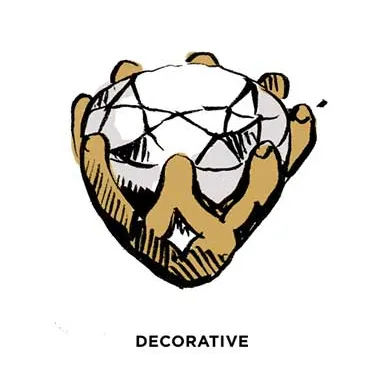
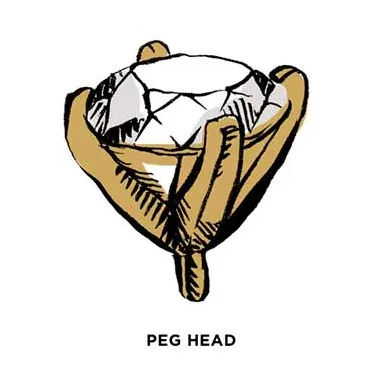
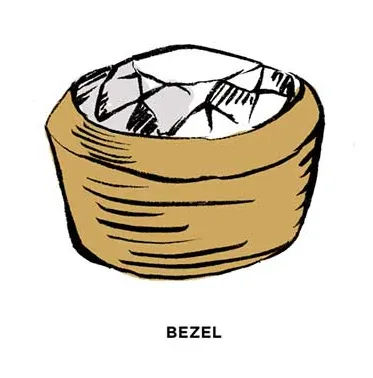
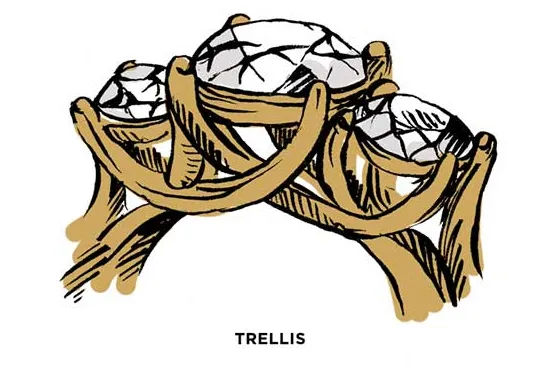
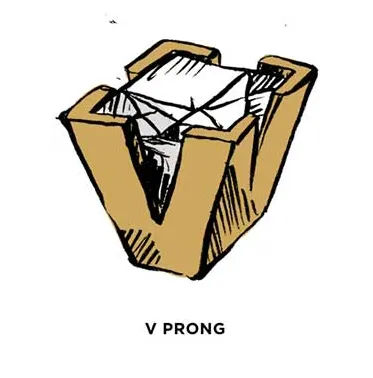
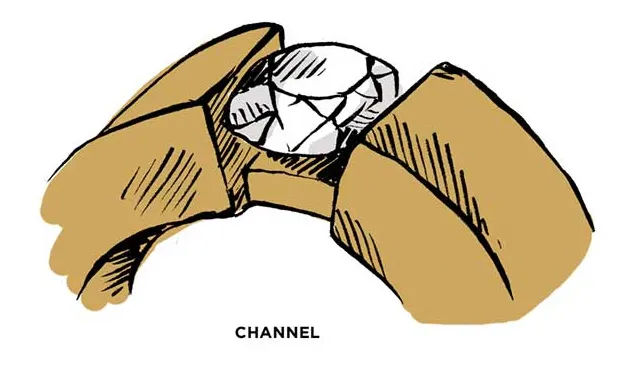
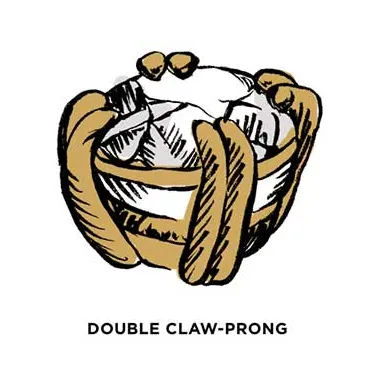

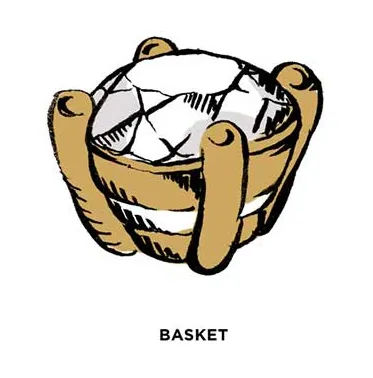
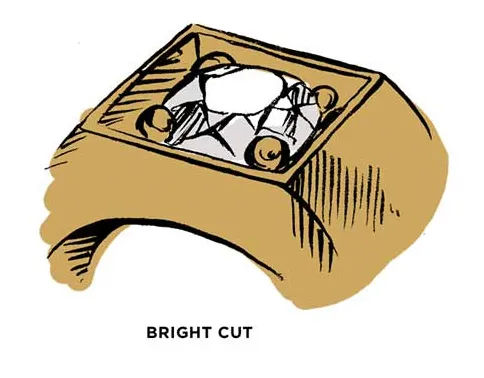
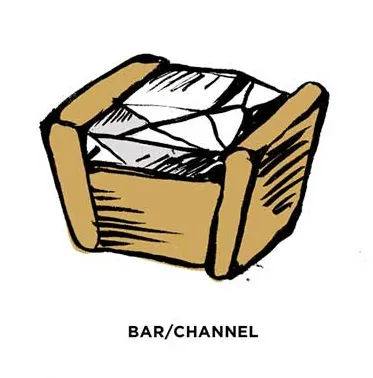
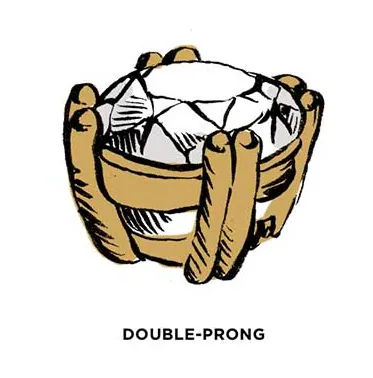
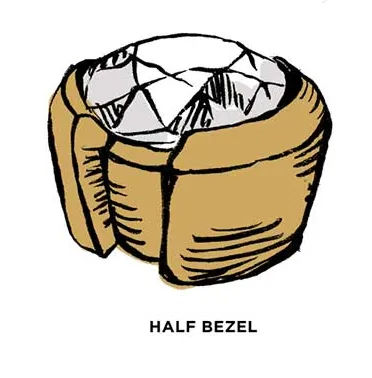
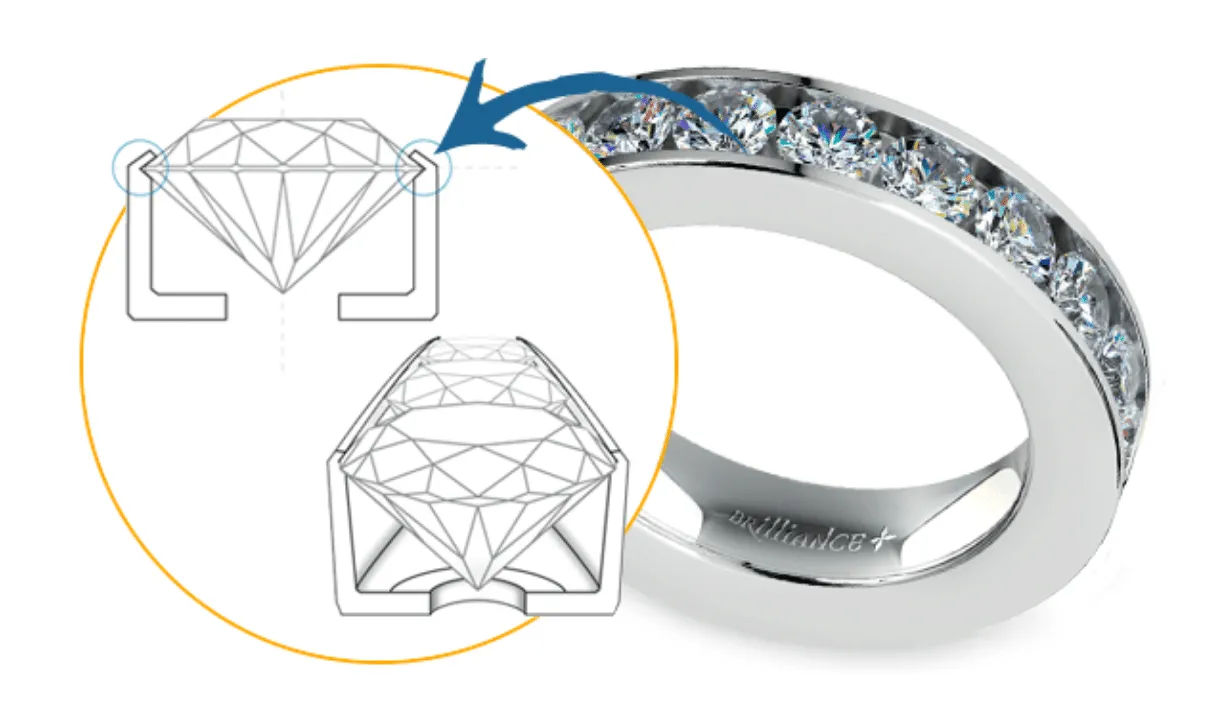
Channel setting
Used most frequently for wedding and anniversary rings, a channel setting will set the stones right next to each other with no metal separating them. The outer ridge of metal is then worked over the edges of the stones. This protects the girdle area of the diamonds better than a bead or prong setting and provides a smooth exterior surface. Image shown is a combination of a claw and channel setting.

Bar Setting
Similar to the channel setting, it is a circular band of diamonds that holds each stone in by a long thin bar, shared between two stones. The bar setting combines a contemporary and classic look.
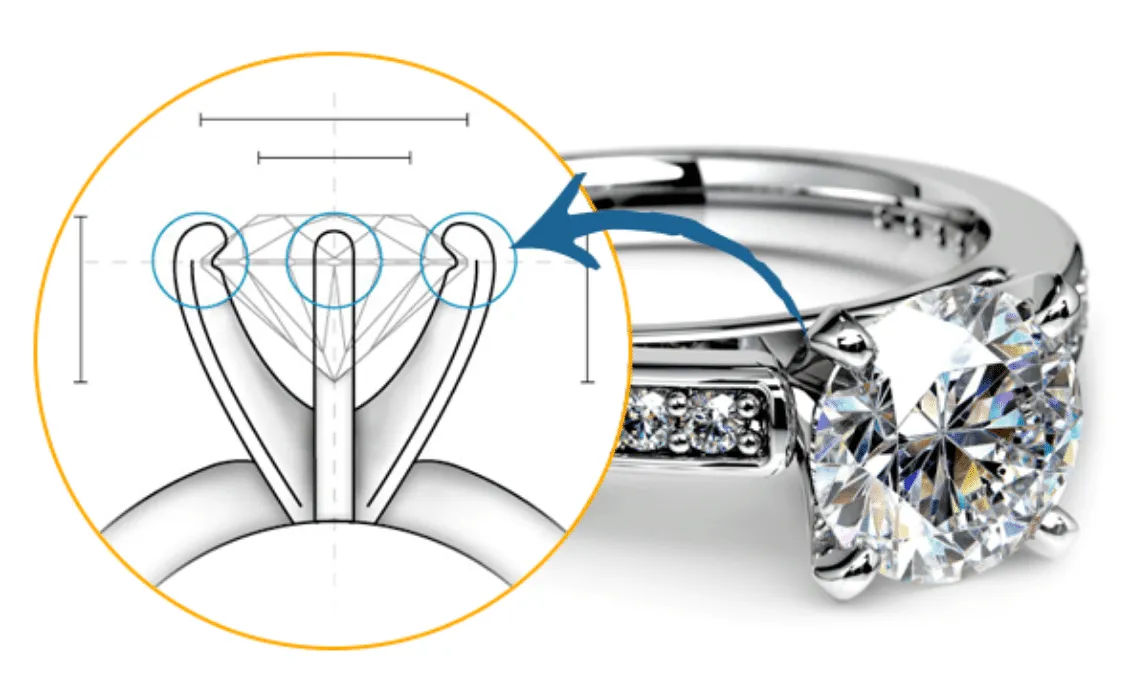
Prong Setting
In this classic setting, two or more prongs wrap around the crown of a stone to secure it in place. Also known as a claw setting, this mounting style minimizes the amount of metal used, allowing more light to pass through a diamond or gemstone. Four prongs are most desirable for setting princes diamonds, and other cuts with delicate corners.
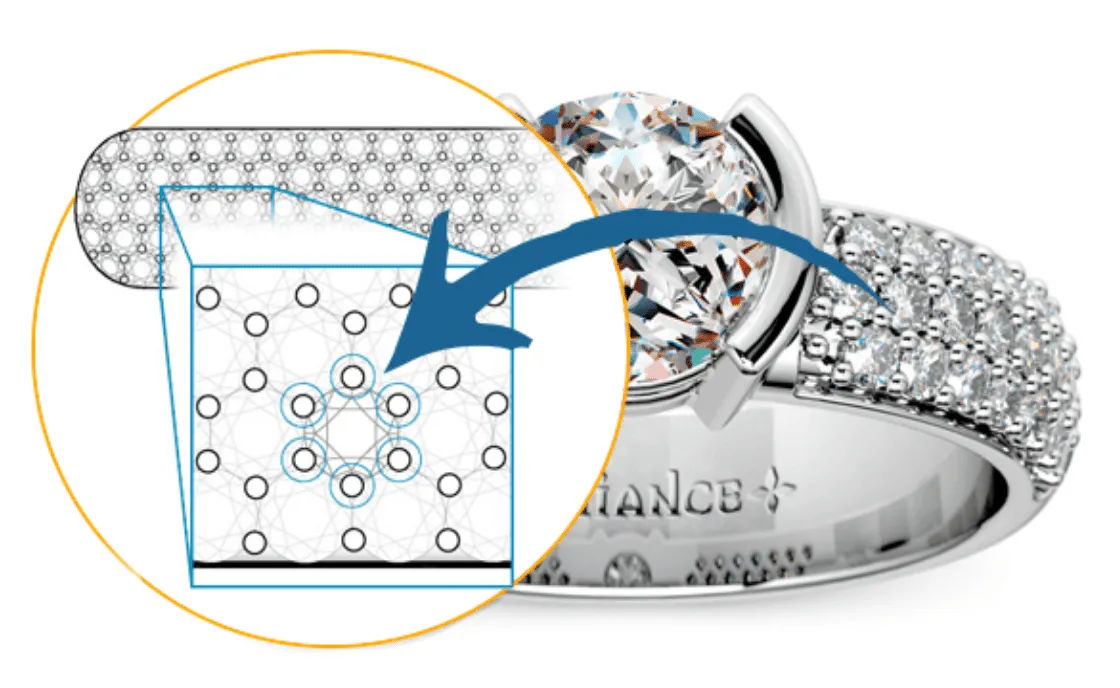
Pave Setting
The word comes from the French word ‘pave’ (pronounced as pave). In a pave setting the surface of a jewellery item appears to be covered withtiny diamonds. The use of multiple stones in pave setting forms an illusion of bigger jewellery.
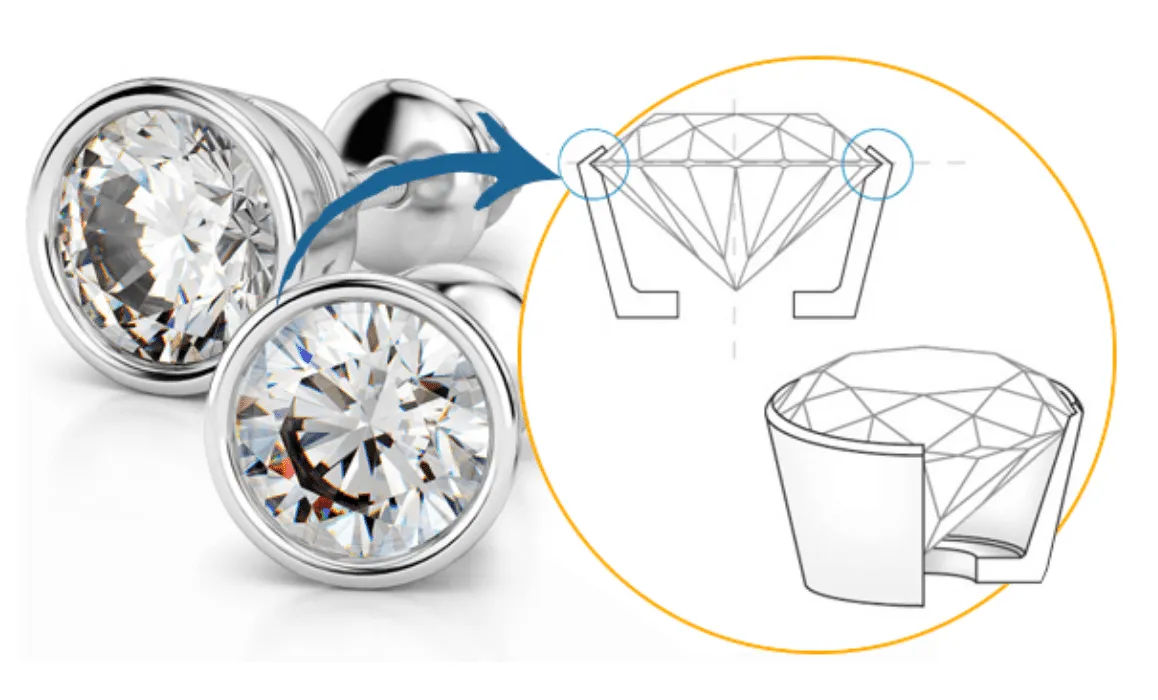
Bezel Setting
With a bezel setting, a rim holds the stone and completely surrounds the gem. Bezels can have straight edges, scalloped edges, or can be moulded into any shape to accommodate the stone. The backs can be opened or closed. Warmer-coloured diamonds look stunning when bezel-set in yellow-gold.
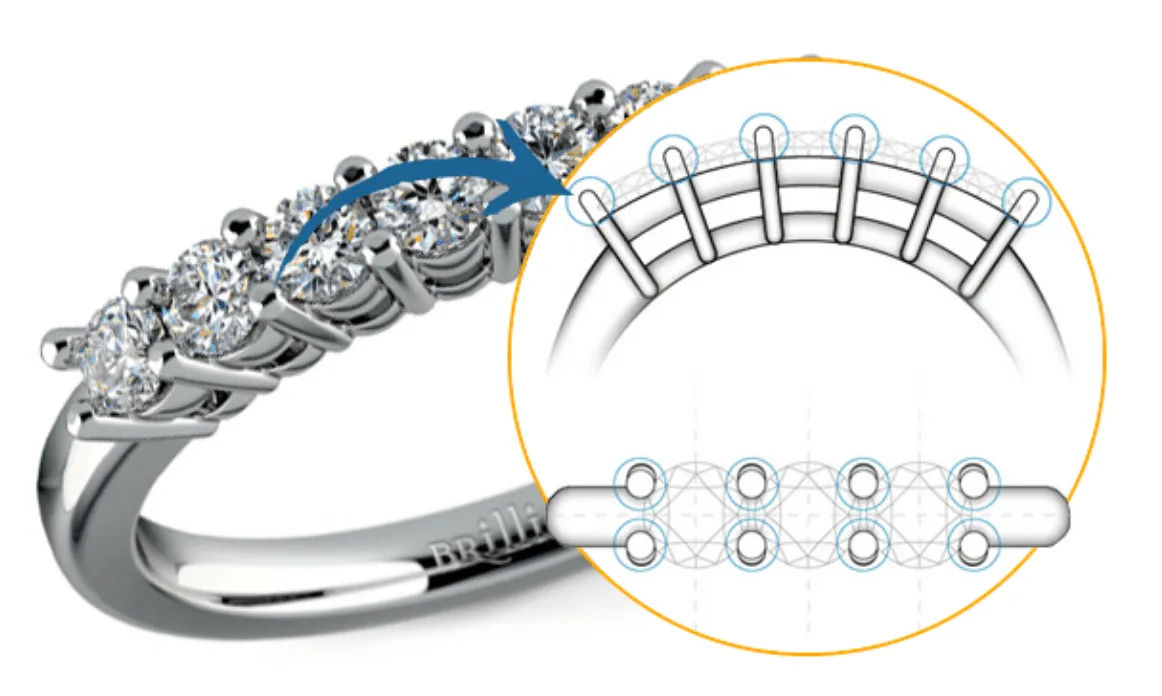
Shared Prong Setting
In a variation of the classic prong setting, prongs are wrapped around the crown of a stone to secure it in place. This type of setting minimizes the presence of metal, allowing more light to pass through a diamond or gemstone.